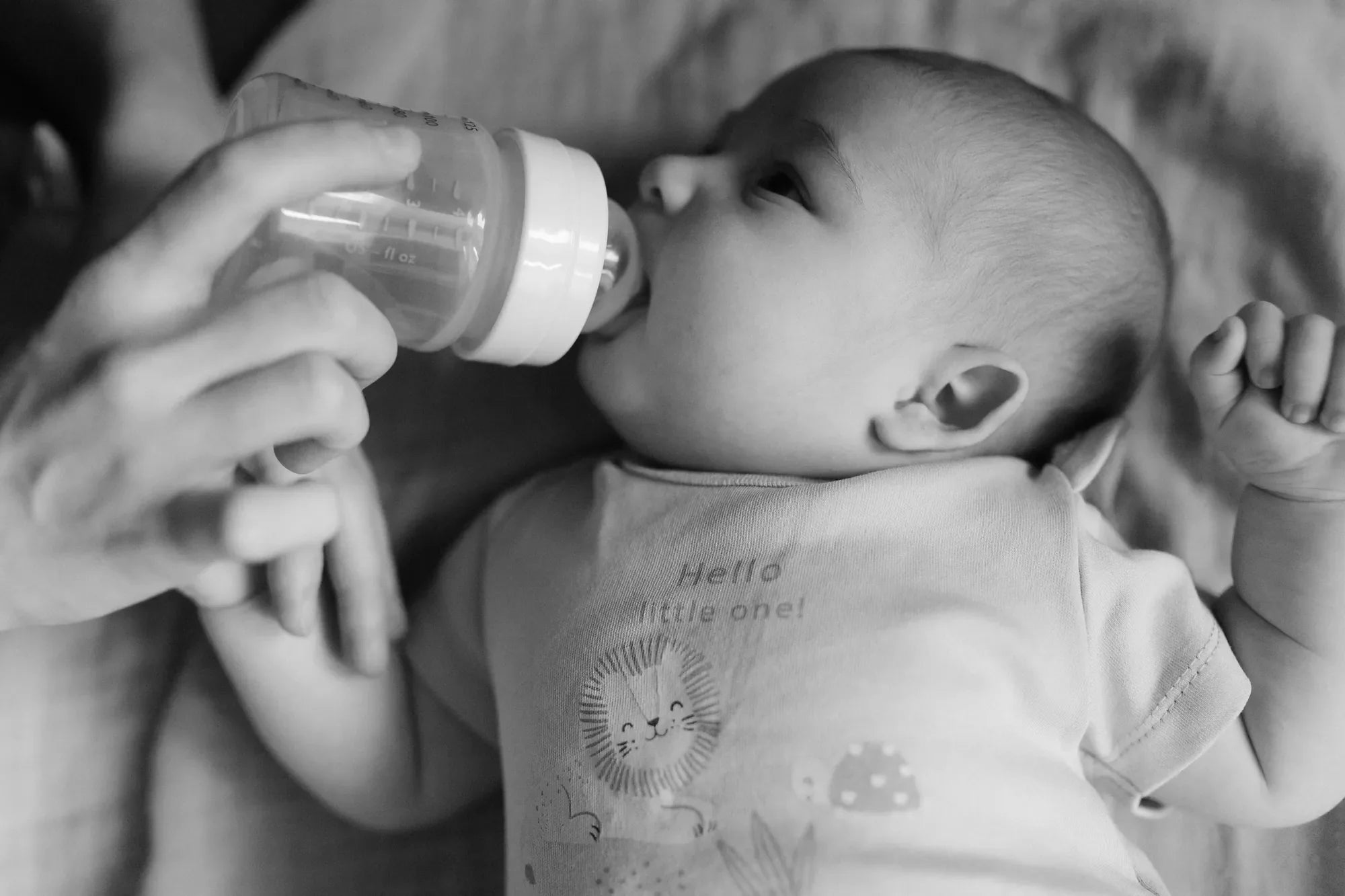Home
Pregnancy, Breastfeeding, and Pumping: The Ultimate Guide for Moms
Do Breast Pumps Need to Be Sterilised Every Time? Essential Insights

Do Breast Pumps Need to Be Sterilised Every Time? Essential Insights
When it comes to breastfeeding and expressing milk, hygiene is paramount. One of the most common questions new mothers ask is, do breast pumps need to be sterilised every time? The answer isn’t as straightforward as a simple yes or no. It depends on various factors, including the type of pump, the baby’s health, and the environment in which the pump is used. This article dives deep into the topic, providing essential insights to help you make informed decisions.
Why Sterilisation Matters
Breast pumps come into direct contact with breast milk, which is a nutrient-rich substance that can easily harbour bacteria if not handled properly. Sterilisation is the process of eliminating all microorganisms, including bacteria, viruses, and fungi, from the pump’s components. This is crucial because any contamination could potentially harm the baby, especially if they are premature or have a weakened immune system.
However, sterilising after every single use may not always be necessary. For instance, if the pump is used in a clean environment and thoroughly washed with hot, soapy water, it may be sufficient for some mothers. But understanding when and how to sterilise is key to maintaining hygiene without overcomplicating the process.
Types of Breast Pumps and Sterilisation Needs
Not all breast pumps are created equal, and their sterilisation requirements can vary. Manual pumps, for example, have fewer parts and are generally easier to clean and sterilise. Electric pumps, on the other hand, often have more components, including tubing and valves, which can be harder to clean thoroughly.
For mothers who use their pumps multiple times a day, sterilising after every use may not be practical. In such cases, it’s important to at least wash the parts with hot, soapy water and sterilise them once a day. Always refer to the manufacturer’s guidelines for specific instructions on cleaning and sterilising your pump.
When Sterilisation Is Non-Negotiable
There are certain situations where sterilising after every use is essential. If your baby is premature, has a medical condition, or is otherwise vulnerable, you should sterilise the pump components after each use. Similarly, if you’re using a shared or rented pump, sterilisation is a must to prevent cross-contamination.
Additionally, if you’re expressing milk in an environment where cleanliness is a concern, such as a workplace or public space, sterilising after each use is highly recommended. This ensures that any potential contaminants are eliminated before the next use.
Best Practices for Sterilising Breast Pumps
Proper sterilisation involves more than just boiling the parts. Here are some best practices to follow:
- Disassemble the Pump: Take apart all the components of the pump before cleaning and sterilising. This ensures that every nook and cranny is reached.
- Wash Thoroughly: Use hot, soapy water to wash all parts, scrubbing them gently with a clean brush. Rinse well to remove any soap residue.
- Choose a Sterilisation Method: You can use boiling water, steam sterilizers, or sterilising solutions. Each method has its pros and cons, so choose one that suits your lifestyle and needs.
- Air Dry: After sterilising, allow the parts to air dry on a clean towel or drying rack. Avoid using a cloth to dry them, as this can reintroduce bacteria.
Common Mistakes to Avoid
While sterilising breast pumps is important, there are some common mistakes that can compromise hygiene:
- Not Cleaning Before Sterilising: Sterilisation is not a substitute for cleaning. Always wash the parts thoroughly before sterilising.
- Using Damaged Parts: Cracked or damaged pump parts can harbour bacteria and are harder to clean. Replace any worn-out components immediately.
- Ignoring Manufacturer’s Instructions: Each pump may have specific cleaning and sterilisation guidelines. Ignoring these can lead to improper sterilisation.
Alternatives to Daily Sterilisation
For mothers who find daily sterilisation cumbersome, there are alternatives that can help maintain hygiene without the hassle. For example, using disposable pump parts or pump wipes can be a convenient option for on-the-go sterilisation. Additionally, some mothers opt to have multiple sets of pump parts, allowing them to rotate and sterilise less frequently.
However, it’s important to remember that these alternatives should not replace regular sterilisation entirely. They can be used as a supplement to ensure cleanliness, especially in situations where sterilisation isn’t immediately possible.
Balancing Hygiene and Practicality
Ultimately, the decision of how often to sterilise your breast pump comes down to balancing hygiene with practicality. While sterilising after every use is ideal, it may not always be feasible. The key is to establish a routine that works for you while prioritising your baby’s health and safety.
By understanding the importance of sterilisation, knowing when it’s necessary, and following best practices, you can ensure that your breast pump remains clean and safe for use. Remember, every mother’s journey is unique, and what works for one may not work for another. Trust your instincts, and don’t hesitate to seek advice from healthcare professionals if you’re unsure.
Breastfeeding and expressing milk is a beautiful and rewarding experience, but it also comes with its challenges. By taking the time to properly care for your breast pump, you’re not only protecting your baby but also making the process smoother and more enjoyable for yourself. So, do breast pumps need to be sterilised every time? The answer lies in finding the right balance for you and your little one.
Share


